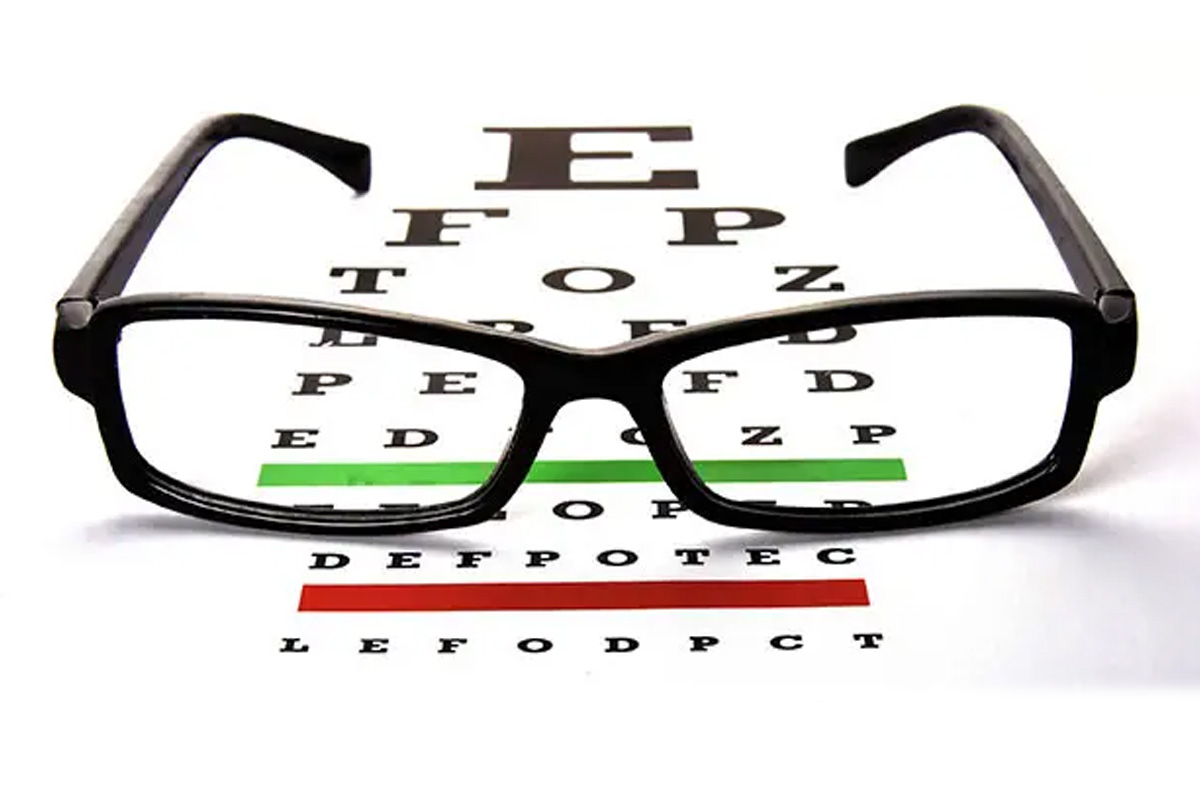When you visit an eye doctor, one of the most common tools used during your eye exam is an eye test chart. While you might be familiar with the typical Snellen chart, there’s a lot more to learn about these vision charts and how they are used to assess your eye health.
In this blog, we’ll cover the different types of eye test charts, how they are used, and why they’re essential for diagnosing various eye conditions.
What Is an Eye Test Chart?
An eye test chart is a tool used by optometrists to evaluate a person’s visual acuity. It helps determine the clarity of vision at different distances, which is crucial for diagnosing myopia (nearsightedness), hyperopia (farsightedness), presbyopia (age-related farsightedness), and astigmatism. The eye doctor will ask you to read from the chart, with letters or symbols decreasing in size as you go down the chart. This allows the doctor to assess how you can see at various distances.
Are All Eye Charts the Same?
While the Snellen chart is the most recognized, it’s not the only type of eye exam chart used. Depending on the patient’s age and ability, optometrists may use different versions of eye charts. Here are a few types of vision test charts:
1. Snellen Chart
The traditional Snellen chart is the most widely used eye test chart. It consists of 11 rows of capital letters. The first row features the largest letter, and the letters decrease in size as you move down. The goal is to determine the smallest line of letters you can read at 20 feet away. This measurement determines your visual acuity.
2. E Chart
For young children or those who cannot read, an E chart might be used. The chart features the letter “E” in different orientations, and the patient is asked to indicate which direction the “E” is pointing. This is useful for non-readers and helps measure their visual acuity.
3. Tumbling E Chart
Similar to the E chart, the tumbling E chart uses only the letter “E” in different orientations. It’s especially useful for children who may not recognize the letters but can still identify directions.
4. Lea Symbols
The Lea Symbols chart is used for young children or those with difficulty recognizing letters. It features simple shapes such as circles, squares, and houses, which children can identify and use to assess their visual acuity.
The History of the Snellen Eye Chart
The Snellen eye chart was developed in the 1860s by Herman Snellen, a Dutch ophthalmologist. Before Snellen’s chart, each optometrist used their version, leading to inconsistencies in how eye tests were conducted and vision measurements were recorded. The Snellen chart became the standard for eye exams, allowing optometrists to provide consistent prescriptions for eyewear.
How the Snellen Eye Chart Is Used in Eye Exams
During an eye exam, the patient is asked to stand 20 feet away from the Snellen chart and read aloud the smallest line of letters they can see. This distance simulates a real-world scenario where someone would need to read a sign, a book, or a road sign.
Visual Acuity Measurements
- 20/20 Vision: This means you can read the smallest line on the Snellen chart from 20 feet away. It’s considered normal vision.
- 20/40 Vision: This means that what someone with 20/20 vision can read from 40 feet away, you can only read from 20 feet away.
- 20/200 Vision: This is the threshold for legal blindness in many countries, meaning that what someone with 20/20 vision can see from 200 feet away, you can only see from 20 feet away.
Does 20/20 Vision Mean Perfect Vision?
No, 20/20 vision simply means that you can see clearly at a distance of 20 feet what an average person can see at that same distance. However, it doesn’t mean your vision is flawless. For example, 20/20 vision doesn’t account for visual skills like depth perception, eye coordination, and color vision. Eye exams go beyond 20/20 vision to check for other potential eye problems, including cataracts, glaucoma, and macular degeneration.
The Importance of Regular Eye Exams
While the Snellen chart helps determine refractive errors (like myopia or astigmatism), it doesn’t detect other serious eye conditions. That’s why regular eye exams with a qualified optometrist are essential. An eye exam involves checking for the health of your eyes, including a dilated exam that helps detect conditions like glaucoma, diabetic retinopathy, and macular degeneration before they cause irreversible damage.
Early detection through comprehensive eye exams can help preserve your vision and overall eye health, so it’s crucial to schedule regular visits to your eye doctor.
Conclusion: Protect Your Vision with Regular Eye Exams
Eye test charts are just one tool your eye doctor uses to assess your visual acuity and overall eye health. Whether you are getting your first eye exam or an annual checkup, be sure to discuss any concerns with your optometrist to ensure your eyes stay healthy and your vision remains clear.
At Eyeson Group, we are committed to providing comprehensive eye exams and tailored treatment plans to meet your unique vision needs. Schedule an appointment with us today to ensure your eyes are in optimal health.
